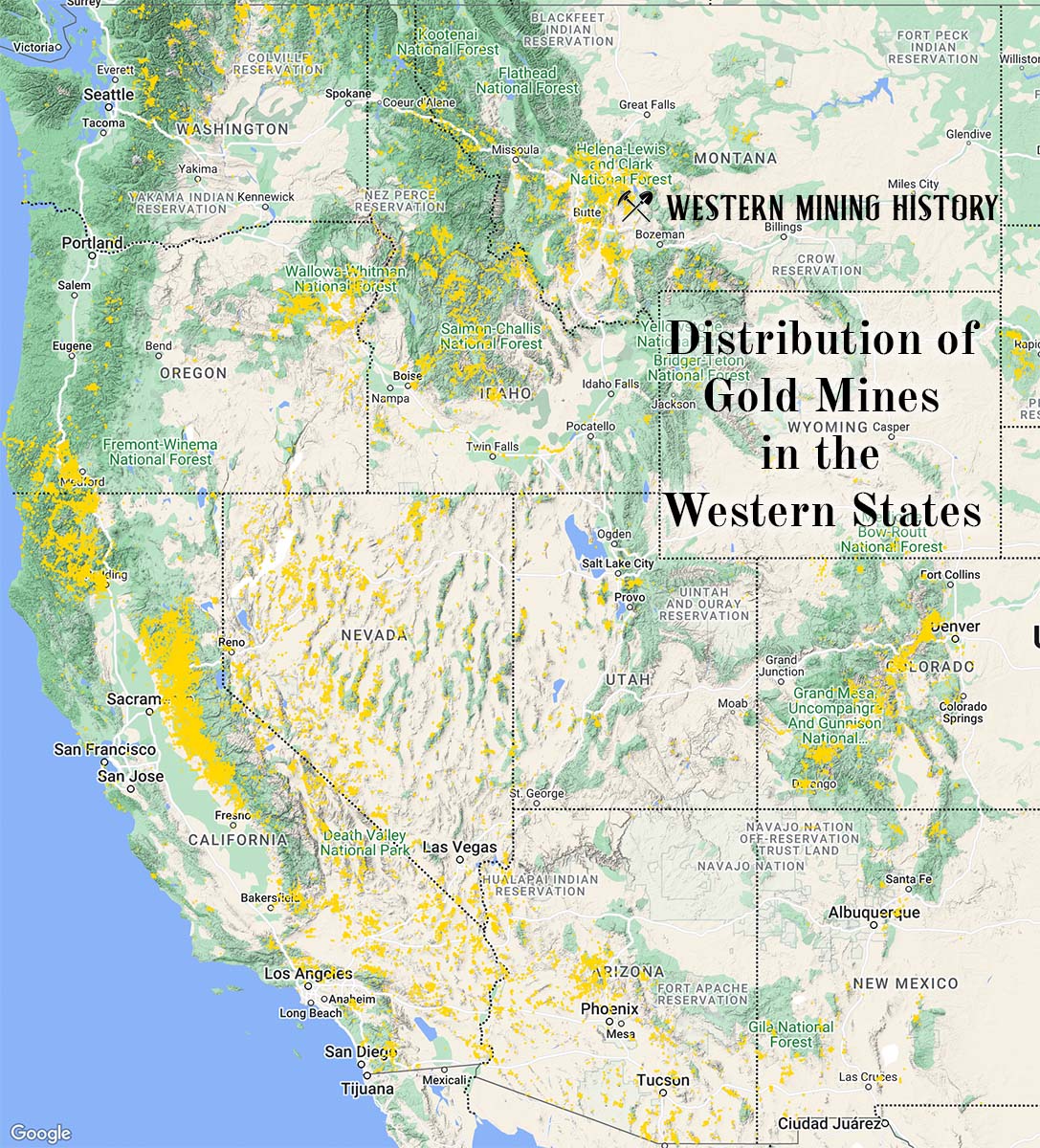The Boxer River is a lead mine located in Alaska.
About the MRDS Data:
All mine locations were obtained from the USGS Mineral Resources Data System. The locations and other information in this database have not been verified for accuracy. It should be assumed that all mines are on private property.
Mine Info
Boxer River MRDS details
Site Name
Primary: Boxer River
Commodity
Primary: Lead
Secondary: Molybdenum
Secondary: Copper
Secondary: Silver
Location
State: Alaska
District: Bering Sea
Land Status
Not available
Holdings
Not available
Workings
Not available
Ownership
Not available
Production
Not available
Deposit
Record Type: Site
Operation Category: Occurrence
Operation Type: Unknown
Years of Production:
Organization:
Significant:
Physiography
Not available
Mineral Deposit Model
Model Name: Polymetallic veins
Orebody
Not available
Structure
Not available
Alterations
Alteration Type: L
Alteration Text: A pyrite gossan in volcanic rocks is present here and alteration is probably significant but it has not been described. The volcanic assemblage is commonly propylitically altered in the region (Patton and Csejtey, 1980).
Rocks
Not available
Analytical Data
Not available
Materials
Gangue: Pyrite
Comments
Comment (Workings): Workings / Exploration = Stream sediment samples from this east tributary (Patton and Csejtey, 1972) indicate a polymetallic character to nearby mineralization. These stream sediment samples contain up to 150 ppm lead, 2 ppm silver, 50 ppm molybdenum, 700 ppm copper, and 30 ppm tin.
Comment (Exploration): Status = Inactive
Comment (Geology): Age = Mid-Cretaceous - the age of K/Ar dated intrusive and volcanic rocks on western St. Lawrence Island (Patton and Csejtey, 1980). However, younger Late Cretaceous and Teritary igneous rocks are also present on the island (Patton and Csejtey, 1980) and the age of mineralization could be younger than mid-Cretaceous.
Comment (Deposit): Model Name = Polymetallic sulfide mineralization in altered volcanic rocks. Deposit model 22c (?); polymetallic veins
Comment (Geology): Geologic Description = A Cretaceous volcanic assemblage of diverse lithologies and compositions makes up the bedrock in the Boxer River drainage (Patton and Csejtey, 1980). A pyrite gossan in volcanic rocks is mapped in the area between the first east tributary and the main drainage of Boxer River (Patton and Csejtey, 1971, p. C9, C12). Stream sediment samples from this east tributary (Patton and Csejtey, 1972) indicate a polymetallic character to nearby mineralization. These stream sediment samples contain up to 150 ppm lead, 2 ppm silver, 50 ppm molybdenum, 700 ppm copper, and 30 ppm tin.
Comment (Reference): Primary Reference = Patton and Csejtey, 1971 (PP 684-C)
References
Reference (Deposit): Cobb, E.H., 1972, Metallic mineral resources map of the Saint Lawrence quadrangle, Alaska: U.S. Geological Survey Miscellaneous Field Studies Map MF-465, 1 sheet, scale 1:250,000.
Reference (Deposit): Cobb, E.H., 1980, Summaries of data and lists of references to metallic and selected nonmetallic mineral deposits in fifteen quadrangles in southwestern and west-central Alaska: U.S. Geological Survey Open-File Report 80-909, 103 p.
Reference (Deposit): Patton, W.W., Jr., and Csejtey, Bela, Jr., 1972, Analyses of stream sediment and rock samples from St. Lawrence Island, Alaska, 1966-1971: U.S. Geological Survey Open-File Report 72-293, 78 p.
Reference (Deposit): Patton, W.W., Jr., and Csejtey, Bela, Jr., 1980, Geologic map of St. Lawrence Island, Alaska: U.S. Geological Survey Miscellaneous Investigation Series Map I-1203, scale 1:250,000.
Reference (Deposit): Patton, W.W., Jr., and Csejtey, Bela, Jr., 1971, Preliminary geologic investigations of western St. Lawrence Island, Alaska: U.S. Geological Survey Professional Paper 684-C, p. C1-C15.
The Top Ten Gold Producing States

These ten states contributed the most to the gold production that built the West from 1848 through the 1930s. The Top Ten Gold Producing States.